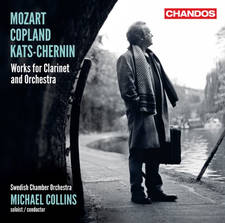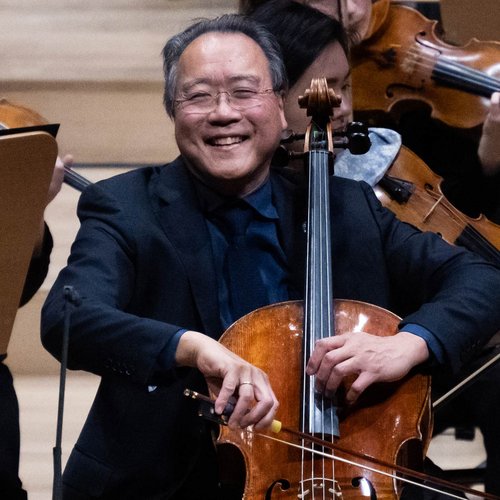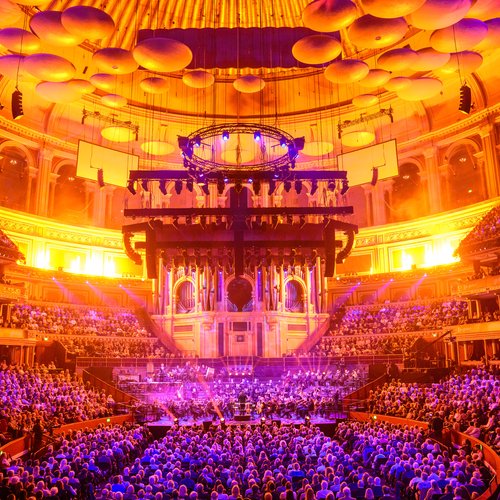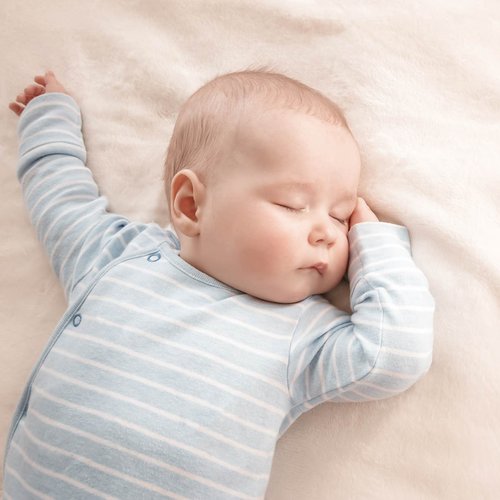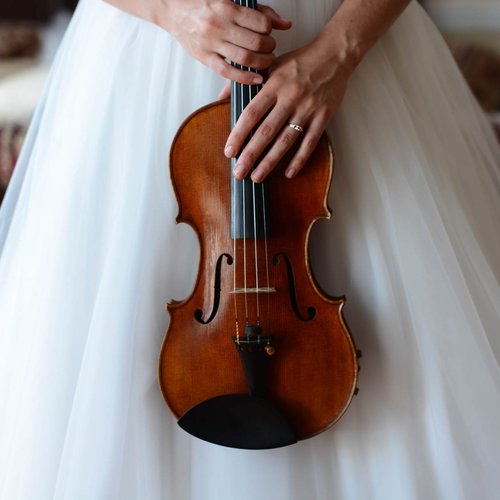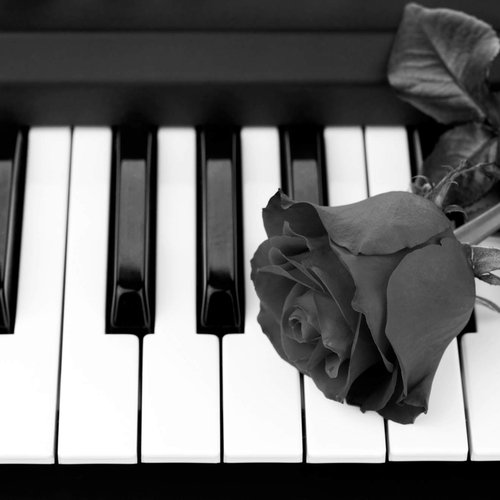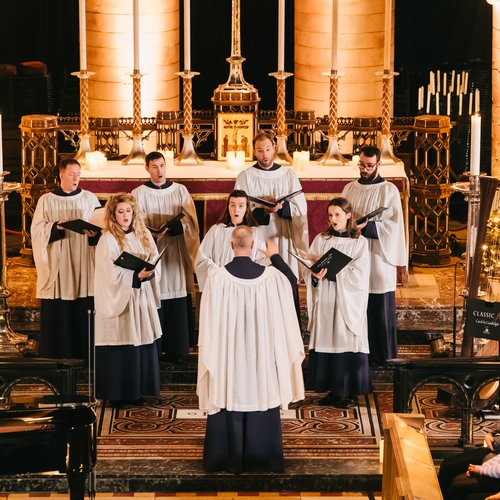Music at Westminster Abbey – who are the choristers and organists, and what services are there?
5 May 2023, 09:14

Genesis Sixteen sing outside Westminster Abbey ahead of the ‘Together at Christmas’ carol service.
Westminster Abbey is home to a 700-year-old choral tradition and a long history of music-making. Ahead of the King’s coronation, we explore the choristers and organists, and services that take place in the Abbey.
King Charles III and Queen Camilla will be crowned in a historic coronation ceremony on Saturday 6 May at Westminster Abbey, which has been home to some of the most important royal and national occasions of recent years.
Offering music to celebrate the occasion, will be the Abbey’s world-famous choir, organists, and music director. They will perform newly commissioned works for the coronation, alongside great anthems by Parry, Handel and Byrd, in a service broadcast and televised around the world.
Under the baton of Andrew Nethsingha, the service will be sung by the Choir of Westminster Abbey alongside the Choir of His Majesty’s Chapel Royal, St James’s Palace, together with girl choristers from the Chapel Choir of Methodist College, Belfast and from Truro Cathedral Choir.
Ahead of the service, which is predicted to be watched by around 300 million people, we look at the Abbey’s centuries-old musical tradition – from the choir’s daily services to some of the most famous occasions held inside its hallowed halls.
Read more: What is the order of service for King Charles’ coronation on 6 May?
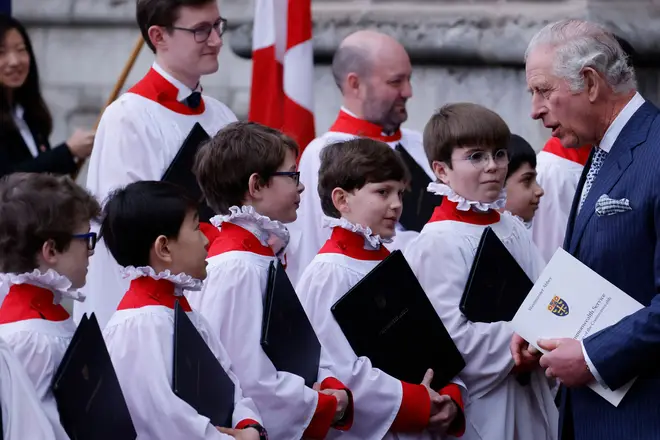
A history of The Choir of Westminster Abbey
The Choir of Westminster Abbey is a world-renowned, all-male vocal ensemble, founded in the late 14th century when the Abbey was a Benedictine monastery.
Made up of 30 boys and 12 professional adult singers, known as Lay Vicars, the choir’s main function is singing in the Abbey’s daily services.
The Abbey Choir’s voices have been the soundtrack to some of the most important royal, state, and national occasions of recent years, including the wedding of the Duke and Duchess of Cambridge, Queen Elizabeth II’s Diamond Jubilee, and memorial services for Stephen Hawking and Nelson Mandela, all held in the Abbey. In 2012, Pope Benedict XVI invited the Choir to sing with the Sistine Chapel Choir at a Papal Mass in St Peter’s Basilica.
At their daily services and in their recordings, their repertoire ranges from Gregorian chant and Tudor polyphony to 20th-century choral works and new commissions. Their partnership with the Hyperion label has seen them record 19th and 20th-century Anglican choral music, the Tudor music of Byrd and Taverner, and the Duruflé Requiem with Britten Sinfonia.
The Abbey Choir has performed in concerts and tours all over the world with principal conductor James O’Donnell, from the US to the Far East, Italy to Denmark. O’Donnell, who is also the Abbey’s Director of Music, is responsible for all music-making at the Abbey.
Read more: Which former British monarchs lie in St George’s Chapel Windsor?
Choristers in The Choir of Westminster Abbey
The 30 boy choristers, who are aged between eight and 13, all attend the Abbey’s Choir School – the only Choir School in the country to cater to choristers only. The boys’ singing commitments are interspersed with academic classes, sports and other activities.
Outside of term time, visiting choirs take over from the Abbey Choir in singing the daily services, while the Abbey Choir is in recess.
Read more: Girl choristers now outnumber boys in English cathedrals for first time in history
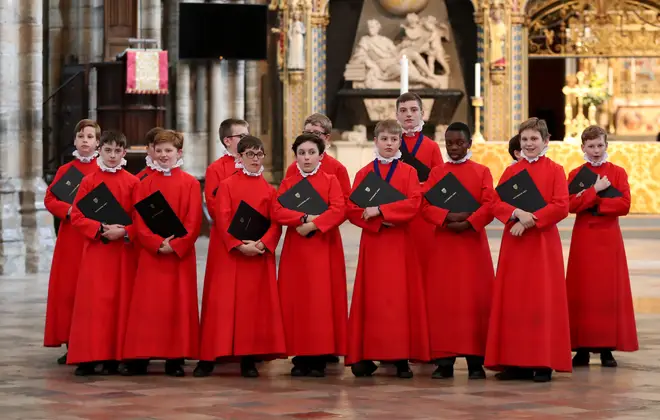
Westminster Abbey’s organ – and the organists
There are four organs at Westminster Abbey – the majestic, five-manual grand organ, a two-manual Queen’s Organ in the Lady Chapel, plus a smaller, five-stop continuo organ and a practice organ.
The grand organ was installed for the coronation of Queen Elizabeth II’s father, King George VI, in 1937, and can be heard during the Abbey’s daily choral services.
Read more: How does a pipe organ work, and what are the different parts?
Currently there are three musicians, Peter Holder (Sub-Organist), Matthew Jorysz (Assistant Organist) and Dewi Rees (Organ Scholar), who play the organ for the Abbey’s daily services. They also conduct the Choir and train the boy choristers.
